#cave mammals
Explore tagged Tumblr posts
Photo
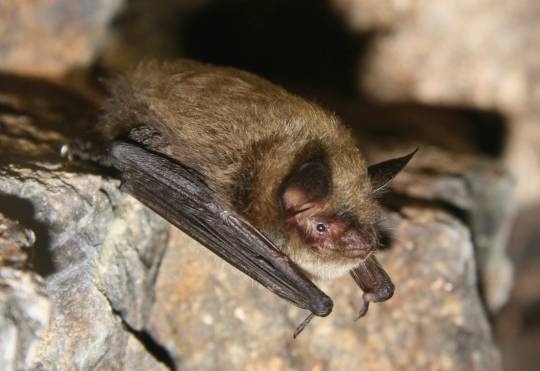

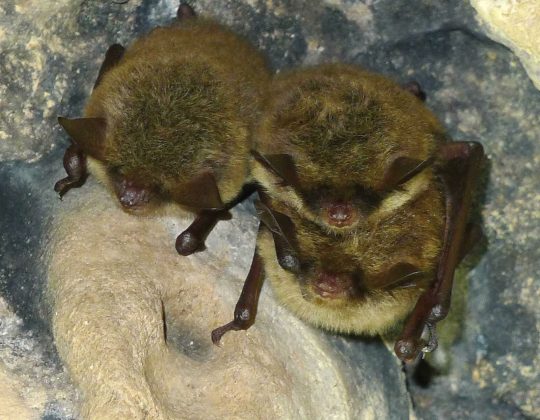
Going Batty for the Little Brown Bat
The little brown bat (Myotis lucifugus) is a species of mouse-eared bat that lives throughout North America, from northern Canada to the southern United States. They are most commonly found in deciduous forests, but they also roost in man-made structures or caves; anywhere warm and dark.
M. lucifugus is aptly named, as it’s a relatively small bat. At most, individuals weigh 12.5 g (0.44 oz) and have a wingspan of 27 cm (10.6 in). Females are typically larger than males. The color of their fur can range from tan or red to dark brown, though the fur on their stomachs is lighter than the rest of their body. In addition to their large ears, which gives them a great hearing boost, the little brown bat has exceptional eyesight and is sensitive to ultraviolet light. However, they lack a Jacobson’s organ, which in other animals is used to detect moisture-borne odor particles.
Like other bats, the little brown bat is primarily nocturnal, emerging at dusk and feeding intermittently throughout the night. Individuals emit about 20 calls per second while in flight, and use the corresponding information to avoid obstacles and detect prey. They feed exclusively on insects, including mosquitoes, beetles, and flies, and in a single night an individual may consume over 2/3 of its body weight in food. Because their source of food is generally seasonal, little brown bats are only active in the warmer months of the year. When the temperature drops to 0 °C (32 °F), individuals will enter a state of torpor, in which their heart rate may drop as slow as 8 beats per minute.
Mating takes place in the fall, just before the hibernation season. Males and females gather together in large groups to roost, in a behavior known as swarming. During this period, colonies average around 9,000 individuals; the largest recorded had over 180,000. Both sexes mate with multiple partners, and homosexual pairings are relatively common. This behavior continue throughout the hibernation period, and individuals will pair indiscriminately with active and torpid bats. Once mated, female bats store their sperm for the following spring; they then carry their pregnancies for 50-60 days. Each female gives birth to only one pup, which weighs about 30% of her body weight.
Pups grow rapidly, opening their eyes and ears within a few hours of being born and becoming completely weaned at 26 days old. After this, young transition to feeding solely on insects, though they may receive help from their mothers while learning the best techniques for catching prey. Females are sexually mature at only one year old, and males mature at two years old. Once they reach maturity individuals will leave to form their own roosting groups. In the wild, a little brown bat can live up to 34 years; however, many bats are predated upon by owls during the active season, and by raccoons while hibernating.
Conservation status: The IUCN has rated M. lucifugus as Endangered. Their primary threat is a fungus-caused disease known as white-nose syndrome; this disease is particularly harmful to the little brown bat due to their large congregations during the mating and hibernation period.
If you like what I do, consider leaving a tip or buying me a ko-fi!
Photos
Jason Corbett
Joseph Johnson
Rick Reynolds
#little brown bat#Chiroptera#Vespertilionidae#mouse-eared bats#microbats#bats#mammals#deciduous forests#deciduous forest mammals#urban fauna#urban mammals#caves#cave mammals#North America#queer animals#queer fauna
213 notes
·
View notes
Photo

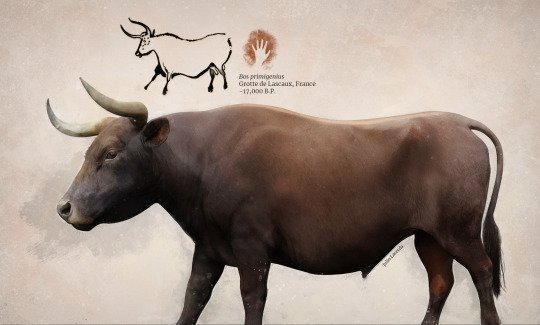
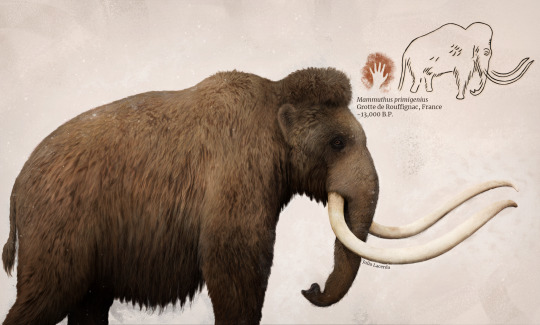
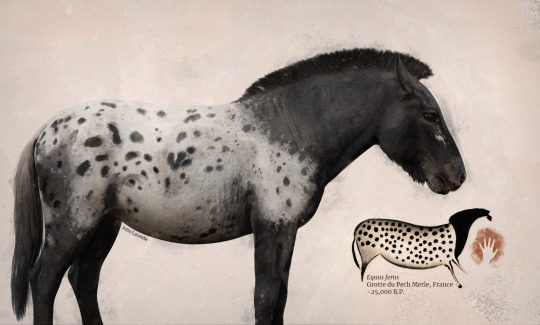
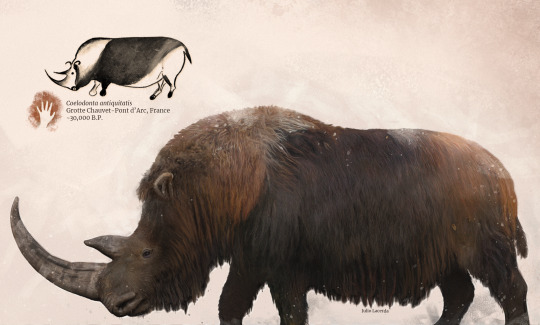

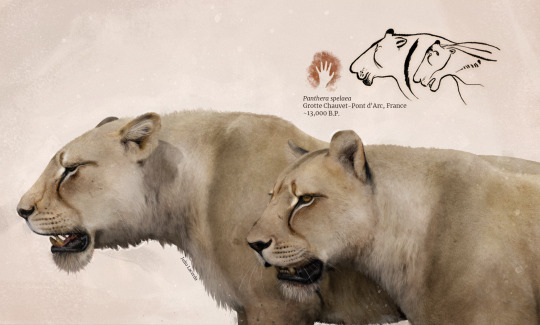
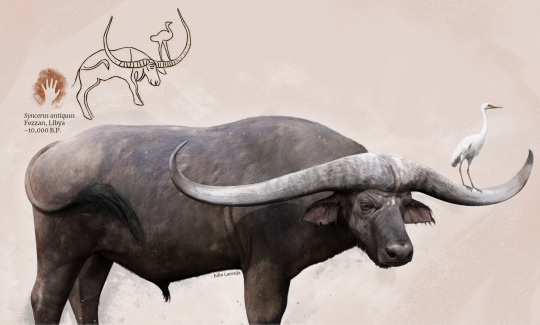


I just realized that apparently I never shared this series here on Tumblr??
I call it Living Paintings, as they are recreations of extinct animals that some artists actually saw and painted from memory, a long time ago.
Patreon • Ko-fi • Facebook • Twitter • Prints & Merch
#palaeoblr#paleoart#cave paintings#mammals#cenozoic#mammuthus#aurochs#horses#coelodonta#moa#cave lion#pelorovis#cave bear#megaloceros
38K notes
·
View notes
Text

Przewalski's Horse Equus ferus ssp. przewalskii 吐尔洪乡, 阿勒泰地区, 新疆维吾尔自治区 Turhong Township, Altay Prefecture, Xinjiang Uygur Autonomous Region, China 45.271788, 88.766909 by almaatai
#genuinely thought this was a cave painting at first#equus ferus#wild horse#equus ferus ssp. przewalskii#china#equus#genus equus#horses#family equidae#equidae#m#mammals#anyways. !!!!!#inaturalist
7K notes
·
View notes
Text

Indiana Bat
An Indiana bat (Myotis sodalis) captured outside Wyandotte Cave in southern Indiana.
By Justin Boyles
#justin boyles#photographer#indiana bat#bat#animal#mammal#wildlife#flickr#wyandotte cave#indiana#nature#myotis sodalis
68 notes
·
View notes
Text
Unleash the Beasts: Part Four

A collection of animals from the Late Pleistocene of Europe, from bottom to top: Panthera spelaea, Urusus spelaeus, Bison bonasus, Crocuta crocuta spelaea, Equus ferus ferus, Bos primigenius, Megaloceros giganteus, and Mammuthus primigenius.
"We have since built museums to celebrate the past and have spent decades studying prehistoric lives…and if all of this has taught us anything…it is this…No species lasts forever...But the Beasts alone...shall prevail!"
- Narrator Kenneth Branagh in the alternate universe
#paleoart#paleontology#palaeoart#palaeontology#walking with beasts#cenozoic era#cenozoic#pleistocene megafauna#pleistocene#mammoths#wooly mammoth#wooly rhino#mammoth#mammal#mammals#megaloceros#aurochs#cave hyena#cave lion#cave bear#pleistocene horse#Youtube#cenozoic mammals#cenozoic fauna#coelodonta#mammuthus primigenus
38 notes
·
View notes
Text
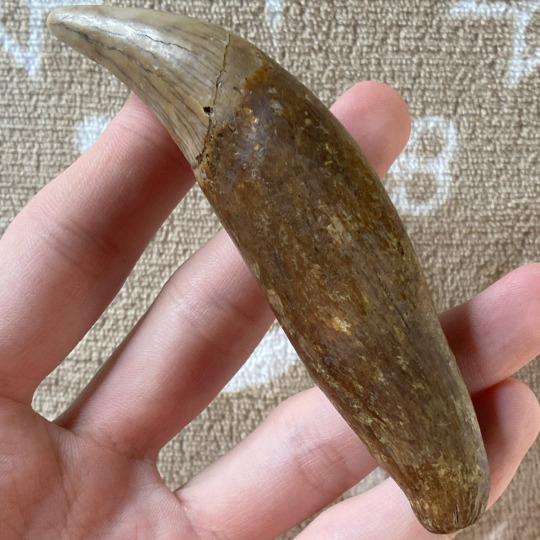
A fossilized canine tooth of a cave bear, or Ursus spelaeus from the Drachenhöhle in Mixnitz, Austria. The fossils of these prehistoric bears were commonly found during times of war as byproducts of phosphate mining.
#synapsid#mammal#fossils#paleontology#palaeontology#paleo#palaeo#ursus#ursidae#cave bear#bear#pleistocene#cenozoic#prehistoric#science#paleoblr#ホラアナグマ#クマ属#クマ#化石#古生物学
73 notes
·
View notes
Text

Cave bear Ursus spelaeus, Science Centre Tietomaa, Oulu, Finland
45 notes
·
View notes
Text
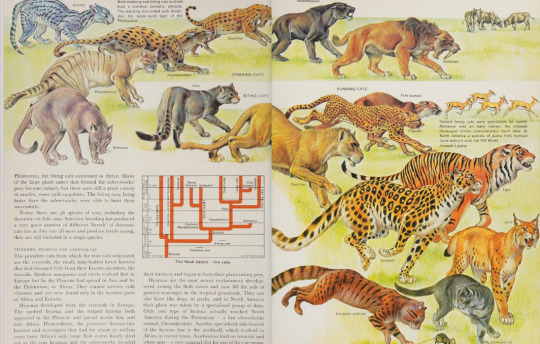
The Evolution of the Mammals. Written by L. B. Halstead. Illustration by Sergio. 1978.
Internet Archive
#prehistoric#prehistoric mammals#felines#dinictis#nimravus#pseudaelurus#hoplophoneus#eusmilus#homotherium#smilodon#cave lions#big cats#cheetahs#tigers#leopards#lynxes#wildcats#european wildcats#cats#Sergio
204 notes
·
View notes
Text

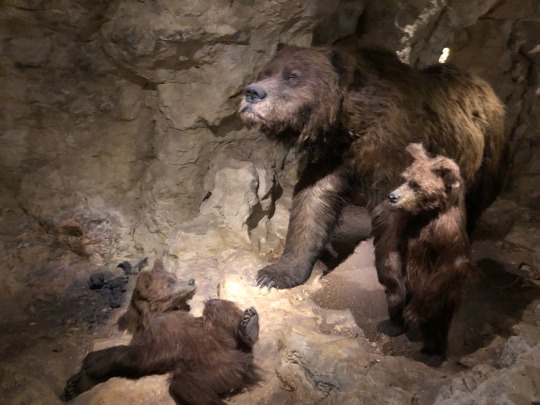
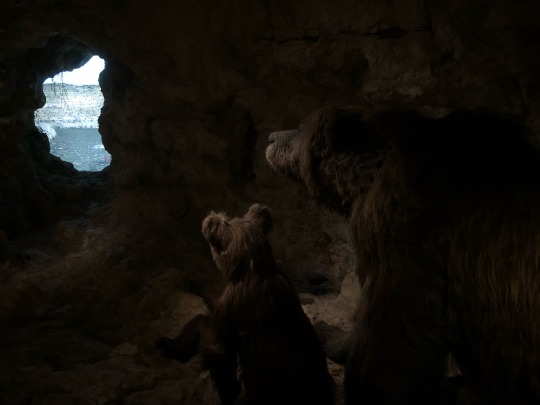
Cave bears. They have a little projected scene featuring humans spearfishing in a river outside.
117 notes
·
View notes
Text
Unless the third mob ends up being an insect or arachnid I'm super excited for, if the crab loses the Minecraft mob vote I will sob and cry
#I'm so scared for this vote because the crab claw tool seems so cool but#People tend have Mammal Favoritism#We need more arthropods!!!!!!!#there's a literal enchantment called Bane Of Arthropods and there are only 4 arthropods#TECHNICALLY you could say there's 5 but cave spiders are barely even distinct#only 3 of those are ones you have a reason to fight! Bees are neutral!#and 1 of those is something I don't think I've ever actually seen in survival?#Ender mites seem to hardly be there#and silverfish are only found in a rare structure!!!#so you're likely to see 2 different arthropods max any time you boot up the game#Minecraft#Wasp House Buzzing
29 notes
·
View notes
Video
Julinka by Tambako The Jaguar Via Flickr:
#amur tiger#animal#calm#cave#close#closup#d6#face#female#gossau#inside#looking#lying#lying down#mammal#nikon#portrait#pretty#relaxing#resting#siberian tiger#switzerland#tiger#walter zoo#winter#zoo#flickr
56 notes
·
View notes
Photo

The kids found a bat 🦇
(bats are part of the world building lore >:3)
#Personal Project#Tam#kujo#they have their own tags now!!??#neanderthal#Paleolithic#guess why bats#just guess#yes it's the caves#no one talks about bats when they talk about archeology and caves and whatnot#ok so you know the mainstream myths of dragons living in caves#so bats have to do with this in the lore of this story#cuz you know how dragons have bat-like wings heheh#also the fact that dragons are generally speaking a combination of more then one species#and then you have bats#flying mammals that can range from eating nectar to fruit to blood#wth are they???#bats are mini dragons to me#dragon underlings???#literally worldbuilding in the tags right now#need to re-write this in my notebook
144 notes
·
View notes
Text

Boy & Bear Spooky encounter with a cave bear for this year's Halloween 🎃
Patreon • Ko-fi • BlueSky • Instagram • Prints & Merch
506 notes
·
View notes
Text
I've been writing more again recently and I've been rereading some of my old stuff and I kinda wanna share some of it. But first,
I'd also have to come up with a tag for them so they're all searchable (to the extent that you can search tags on tumblr)
Here's a cute bat for your time

#poll#writing#this is more directed at people who at least somewhat regularly interact with me btw#just bc like#if you don't then#you'll probably never see any work that i post anyway#i'll probably be rbing this throughout the day#also btw that's a mexican free-tailed bat#they have the fastest flight of any mammal and can keep up with a peregrine falcon#(considering a peregrine falcon's flight speed not their diving speed)#and they make up the largest colony of mammals!#the colony at bracken cave in san antonio tx is home to around 15-20 million mexican free-tailed bats depending on the year#(they're a migratory species)#but if you want a cool bat viewing experience then there's another cave two hours west in a town called concan#it's the second biggest colony with 10-15 million per year and you can get way closer to the bats#(still regulated ofc) (but a lot closer) (seriously like you can smell the guano) (which doesn't smell as bad as you'd think)#i'd advise going in late august to account for both weather and when the bats will be there#i'm just always gonna be partial to the frio bat flight in concan bc i went to it a lot growing up#it's what sparked and maintained my love of bats <3#it's also where i got my url!! their hold music is the song linked in my bio it's great i love it sm#ok i need to shut up bc i could literally talk about bats and this cave all day
12 notes
·
View notes
Photo
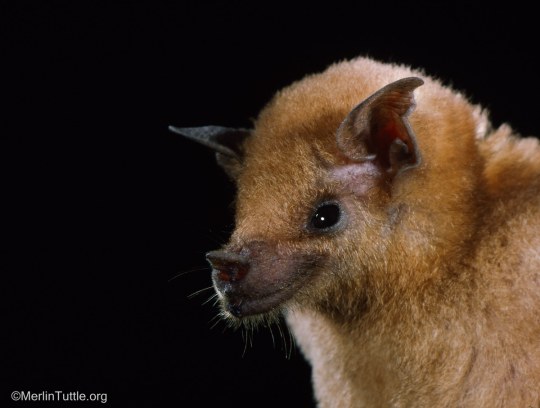
A lesser long-nosed bat (Leptonycteris yerbabuenae) in Mexico.
Sweet Bat Portraits Dispel Stereotypes of These Incredibly Important Mammals
Photographer: Dr. Merlin Tuttle
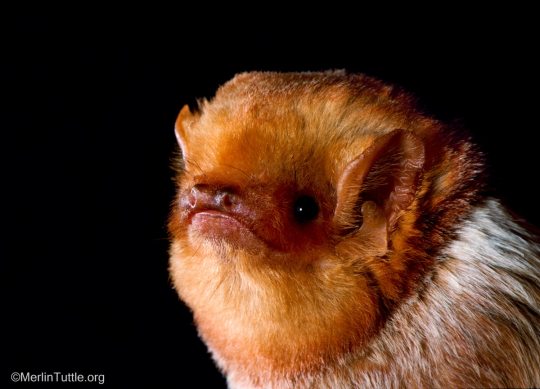
An adult male eastern red bat (Lasiurus borealis) in Florida.

A spotted bat (Euderma maculatum) in Utah.
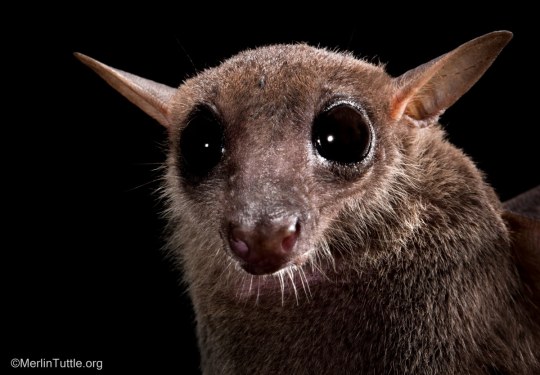
Cave nectar bats (Eonycteris spelaea) are found throughout most of Southeast Asia where they are extraordinarily important pollinators of ecologically and economically important trees, including durian, petai, wild banana and mangroves. They live in cave entrances where they form large, conspicuous colonies. In the past their colonies sometimes included up to a million or more individuals, but except where protected, their numbers have declined alarmingly.
#merlin tuttle#photographer#lesser long-nosed bat#leptonycteris verbabuenae#bat#animal#mammal#wildlife#eastern red bat#lasiurus borealis#florida#stopped bat#euderma maculatum#utah#cave nectar bats#eonycteris spelaea#asia#nature
55 notes
·
View notes
Text
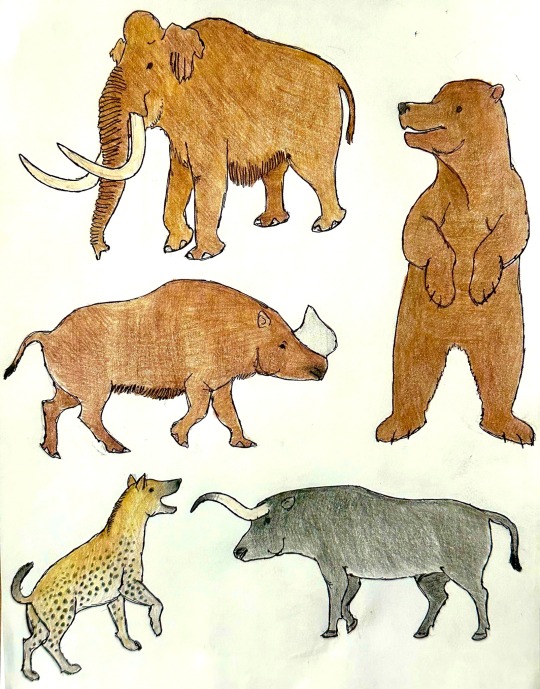
Sketches of some Eurasian animals that were part of the famous Pleistocene Megafauna, from bottom to top: Crocuta crocuta spelaea, Bos primigenus, Elamotherium, Ursus spelaeus, and Mammuthus trogontherii
#paleoart#paleontology#pleistocenemegafauna#pleistocene#elasmotherium#cave hyena#cave bear#mammuthus#mammoth#mammal paleontology#mammoths#mammuthus trogontherii#aurochs
80 notes
·
View notes